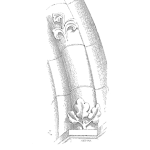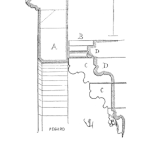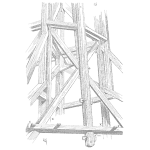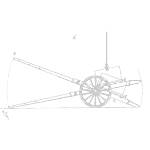
I read your article that compares maintenance costs to RAV and am inquiring to see what is your definition of ‘maintenance cost’ when measuring replacement asset value? Are you strictly referring to labor costs, or is this the cost of labor, services and capital equipment purchases to repair, replace or upgrade an existing machine?
Dear Tom,
In the example, ‘maintenance costs’ meant the direct and overhead maintenance costs – labor, parts, subcontract services and allocated overheads (i.e. supervision, management, associated infrastructure, etc. proportioned to direct labor hours) – incurred during the ‘normal’ operation of the car (i.e. the car is driven by a well-trained, responsible driver at the wheel). If you have a store/warehouse for maintenance parts then you add the proportionate cost of keeping and running the store to support the maintenance effort as part of the total cost of maintenance.
[Read more…]













 Ask a question or send along a comment.
Please login to view and use the contact form.
Ask a question or send along a comment.
Please login to view and use the contact form.